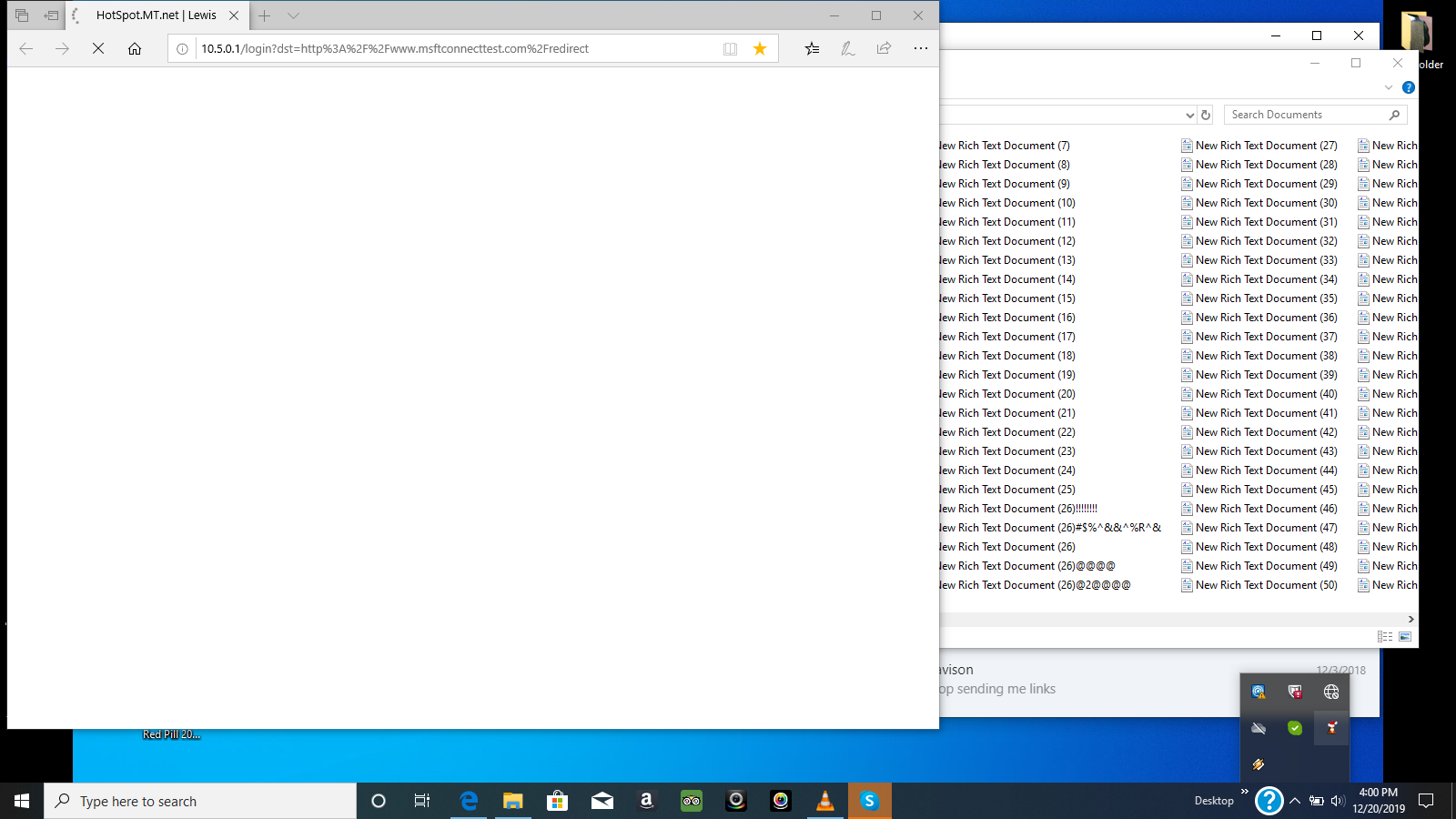HLS can also use variant playlist so be sure to get the playlist for your desired bitrate since using the master might make your stream switch based on bandwidth. – aergistal Sep 12 '15 at 10:56 @aergistal These.ts are separate chunks of stream.
HLS is supported on a variety of devices, from smartphones to televisions. The video stream is delivered to the device using the usual HTTP protocol, through which almost all traffic on the Internet is transmitted
HTTP Live Streaming (HLS) is Apple’s HTTP streaming video playback technology. The HLS video stream is encoded in H.264 and AAC and plays on any compatible device, in browser or player, such as iOS Safari, Firefox, Mobile Chrome, Quicktime, VLC, etc. Davinci resolve 15 download mac.
Online Demo Application that include Apple HTTP Live Streaming (HLS) Format SDK Libraries Media Streaming Server With only one file placed on the server, the LEADTOOLS Media Streaming Server framework will stream to any device by automatically selecting. Download Native HLS for Firefox. A new options button Can now play embedded video if they are in the page hls.js version can be selected in the options. Downloading HLS videos with FFmpeg is way easier than you think. All you have to do is execute a single line command. Since all most all the video streaming services use web-optimized video MP4 format, we are going to download M3U8 video files with FFmpeg and convert them to MP4 format. Download Live Stream Downloader for Firefox. Download M3U8 HLS Streams (HTTP Live Stream) to your local disk.
Specifications
| Broadcasting platforms | Broadcasting technologies | Playback platforms | Playback technology and codecs |
|
|
|
|
- Chrome
- Firefox
- Opera
- Safari, MacOS
- Safari, iOS
- IE
- Edge
- iOS SDK
- Android SDK
- RTMP encoders
- WebRTC
- RTMP
- RTMFP
- SIP
- Mobile browsers
- Apple devices
- TV-sets
- Consoles
- Players
Hls Streaming Download Firefox App
- HLS
- H.264
- AAC
Scheme for playing WebRTC and RTMP as HLS
Web Call Server converts video from other sources, such as webcams and professional video capture devices or SIP PBX to HLS. For example, you can send a video stream from a Chrome browser on an Android smartphone or desktop using WebRTC technology and distribute this video stream via HLS
Step-by-step diagram of WebRTC video stream playback on an HLS device
- The browser establishes a connection to the WCS and publishes the video stream;
- The WCS receives video stream from WebRTC browser;
- The HLS device or player requests playback of the video stream from the WCS;
- The WCS converts the WebRTC video stream to HLS and sends it to the device for playback.
For more information, refer to Testing
System requirements: Linux x86_64, 1 core CPU, 2 Gb RAM, Java
Installation:
Download Hls Streaming Video Firefox
- wget https://flashphoner.com/download-wcs5.2-server.tar.gz
- Unpack and install using 'install.sh'
- Launch server using command 'service webcallserver start'
- Open the web interface https://host:8444 and activate your license
If you are using Amazon EC2, you don't need to download anything.
Web Call Server Monthly Subscription
$75 per month
Documentation
HLS video works in all browsers on iOS and Chrome Mobile on Android devices but on the desktop, the only browser that supports HLS video natively is Safari. The good news is that it is possible to play HLS video in other desktop browsers, such as Chrome or Firefox, but you need a little help from some third-party tools. There are two options available:
- Flash player with a plugin that handles HLS video
- Use the HTML5 video element and Media Source Extensions (MSE)
We’ll look at an example of each in turn and discuss how they work in more detail.
Flash Player with Plugin
Flash works across practically all desktop browsers (and some mobile ones) so you can be confident that your HLS videos will be viewable across a variety of different browsers and platforms (Windows, Mac, Linux).
For the example, I’m going to use the Flashls plugin. It works with a number of different Flash players and supports a variety of HLS features such as adaptive streaming, encryption, and so on.
Given that Flash is being phased out, this solution may not be the best one going forward. Having said that, it’s unlikely that Flash is going to disappear completely in the next year or two but it is on the way out. Can i download mac os x. The future is HTML5 video and that’s what we’ll look at next.

HTML5 + Media Source Extensions
The introduction of the video element in HTML5 means that it’s now possible to play video on the web without having to install plugins. However, not all browsers support the same video formats. The Media Source Extensions allows JavaScript applications to generate media streams dynamically for playback. This opens the door to enable third-parties to add support for different formats as we’ll see shortly.
To demonstrate how to use the HTML5 video element to play HLS video, I’m going to use the hls.js library. Check out the getting started guide for more information.
Try viewing the example in a compatible browser.
Hls Video Downloader Firefox
One thing you need to be aware of is browser compatibility. Although the MSE specification provides some guidelines on how the API should behave it does vary across browsers. You also need a relatively recent version of a browser both on the desktop and mobile device. (On iOS, MSE is not supported at all!)
Conclusion
As the approach outlined above clearly shows, it is possible to play HLS video across different browsers using only the HTML5 video element and MSE, so hopefully in the not-so-distant future browsers will support it natively so there will be no need to use third-party JavaScript libraries.
